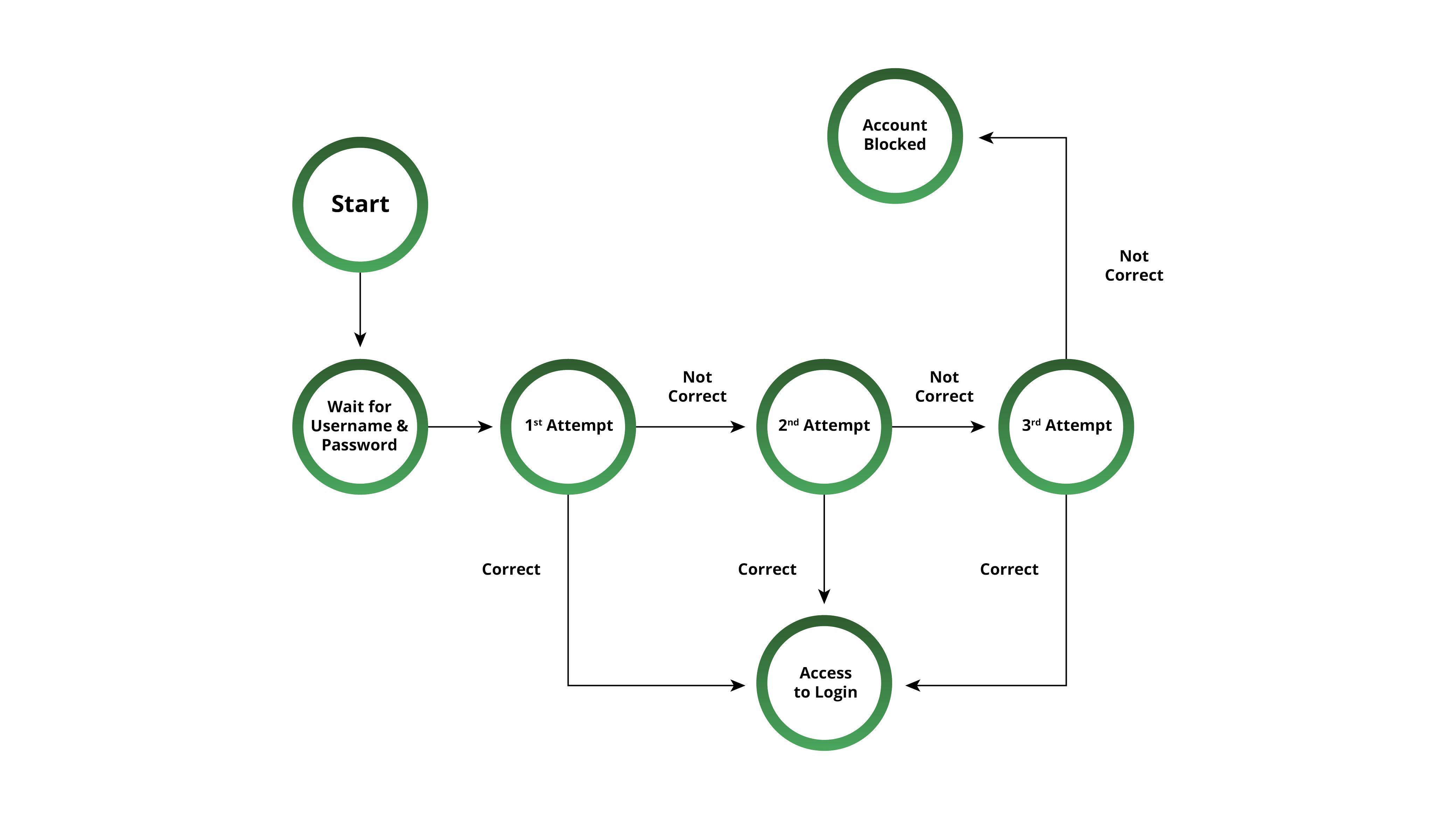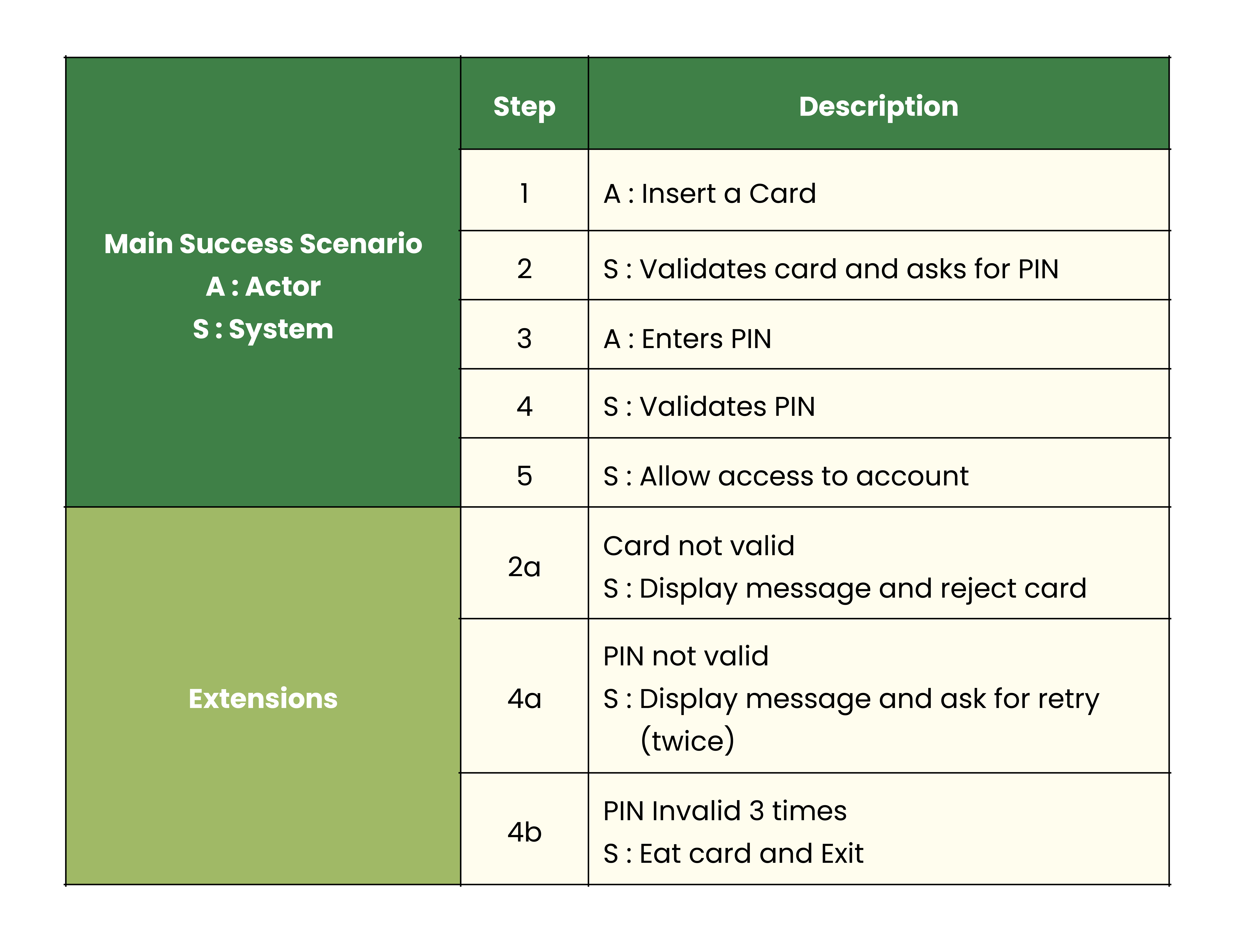Black Box Test Technique

- Equivalence Partition
Equivalence partitioning divides data into partitions (also known as equivalence classes) in such a way that all the members of a given partition are expected to be processed in the same way. There are equivalence partitions for both valid and invalid values.
Invalid values are values that should be rejected by the component or system. An equivalence partition containing invalid values is called an “invalid equivalence partition.”
- Partitions can be identified for any data element related to the test object, including inputs, outputs, internal values, time-related values (e.g., before or after an event) and for interface parameters (e.g., integrated components being tested during integration testing).
- Any partition may be divided into sub partitions if required.
- Each value must belong to one and only one equivalence partition.
- When invalid equivalence partitions are used in test cases, they should be tested individually, i.e., not combined with other invalid equivalence partitions, to ensure that failures are not masked. Failures can be masked when several failures occur at the same time but only one is visible, causing the other failures to be undetected.

-
Boundary Value Analysis
Boundary value analysis (BVA) is an extension of equivalence partitioning, but can only be used when the partition is ordered, consisting of numeric or sequential data. The minimum and maximum values (or first and last values) of a partition are its boundary values.
Boundary value analysis can be applied at all test levels. This technique is generally used to test requirements that call for a range of numbers (including dates and times). Boundary coverage for a partition is measured as the number of boundary values tested, divided by the total number of identified boundary test values, normally expressed as a percentage.

-
Decision Table Testing
Decision tables are a good way to record complex business rules that a system must implement. When creating decision tables, the tester identifies conditions (often inputs) and the resulting actions (often outputs) of the system.
Each column corresponds to a decision rule that defines a unique combination of conditions which results in the execution of the actions associated with that rule. The values of the conditions and actions are usually shown as Boolean values (true or false) or discrete values (e.g., red, green, blue), but can also be numbers or ranges of numbers.

-
State Transition Testing
state transition diagram shows the possible software states, as well as how the software enters, exits, and transitions between states. A transition is initiated by an event (e.g., user input of a value into a field). The event results in a transition. The same event can result in two or more different transitions from the same state. The state change may result in the software taking an action.
A state transition table shows all valid transitions and potentially invalid transitions between states, as well as the events, and resulting actions for valid transitions. State transition diagrams normally show only the valid transitions and exclude the invalid transitions.

- Use Case Testing
A use case can include possible variations of its basic behavior, including exceptional behavior and error handling (system response and recovery from programming, application and communication errors, e.g., resulting in an error message). Tests are designed to exercise the defined behaviors (basic, exceptional or alternative, and error handling). Coverage can be measured by the number of use case behaviors tested divided by the total number of use case behaviors, normally expressed as a percentage.

GET IN TOUCH





.jpg)


.jpg)
 02.jpg)
 01.jpg)





